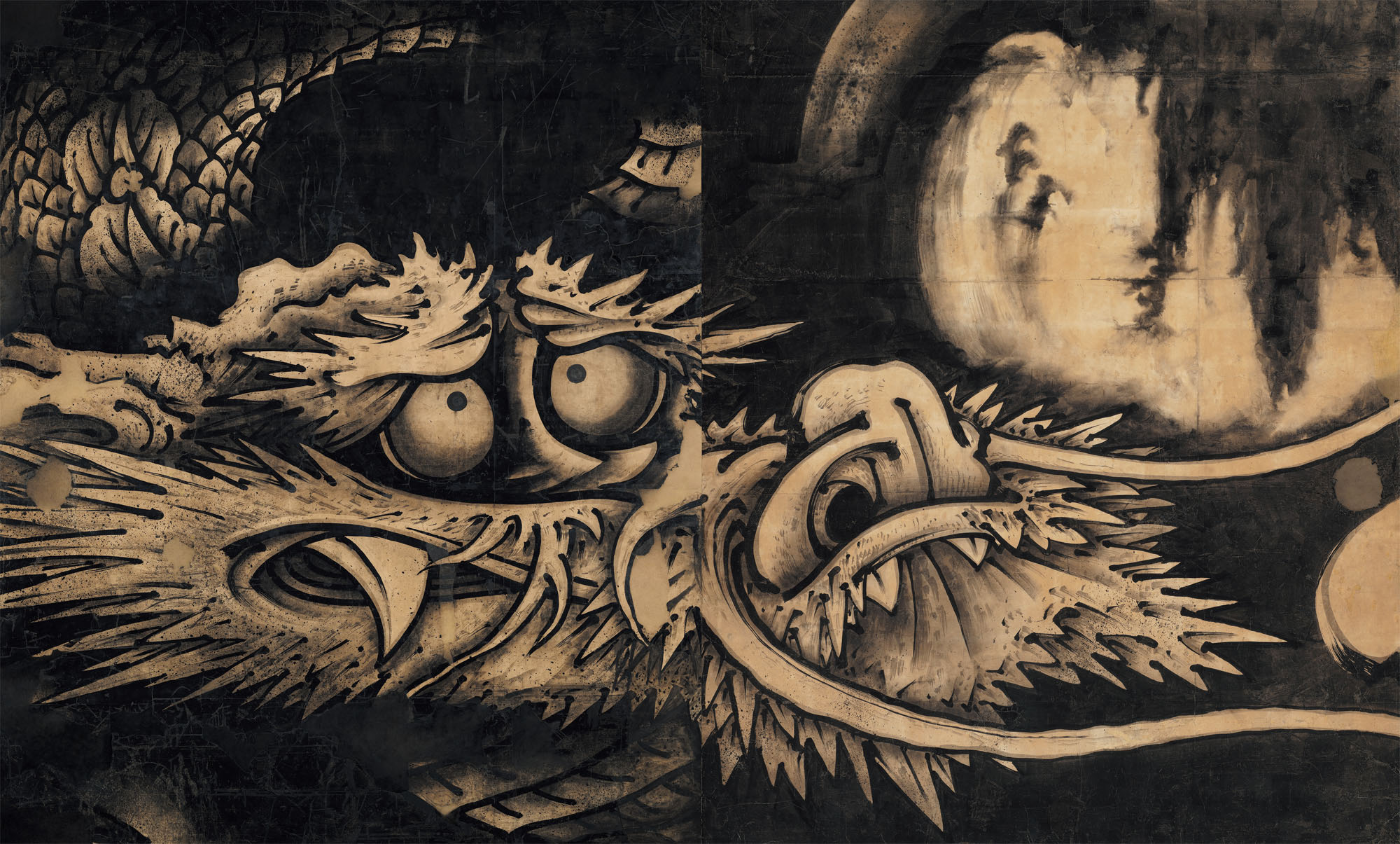"Japanese Masterpieces from the Museum of Fine Arts, Boston" is not a survey of Japanese art, nor is it representative of the vast holdings of the institution. Rather, it is an exhibition that tells of an understanding of Japanese art formulated in the late 19th century by the collectors and scholars Ernest Fenollosa (1853-1908), William Sturgis Bigelow (1850-1926), and Okakura Tenshin (1862-1913).
Fenollosa and Tenshin in particular, through their teaching, collecting and writing, constructed a history of Japanese art within which certain forms of expression, such as the paintings of the Kano school, were privileged, and others, including literati painting, were dismissed. Their notion of Japanese art persists today, and for this reason, this exhibition offers a fascinating glimpse of Japanese culture.
Two paintings by Kano Hogai (1828-1888) and Hashimoto Gaho (1835-1908) open the exhibition. Both artists were championed by Fenollosa for uniting the noblest aspects of Asian art in their paintings, and thus embodying his vision of a national style of painting for modern Japan.



